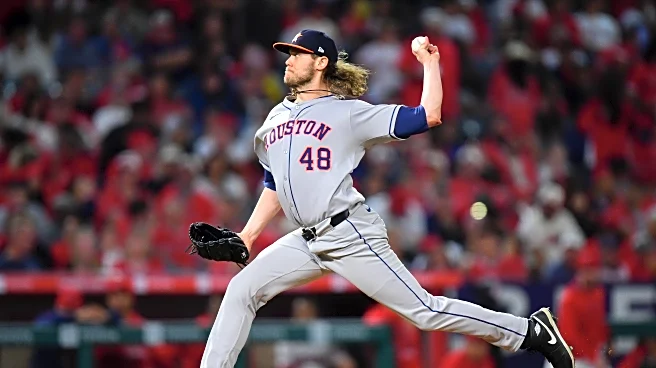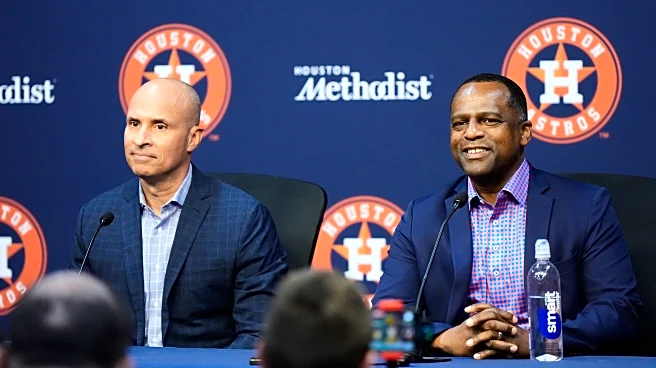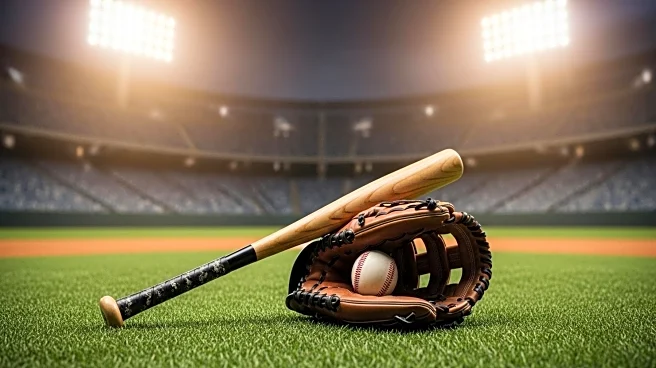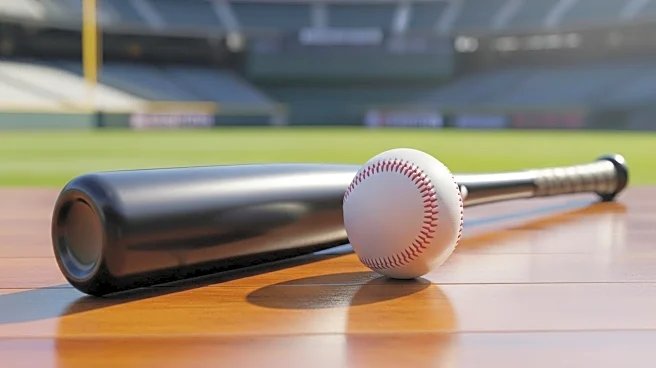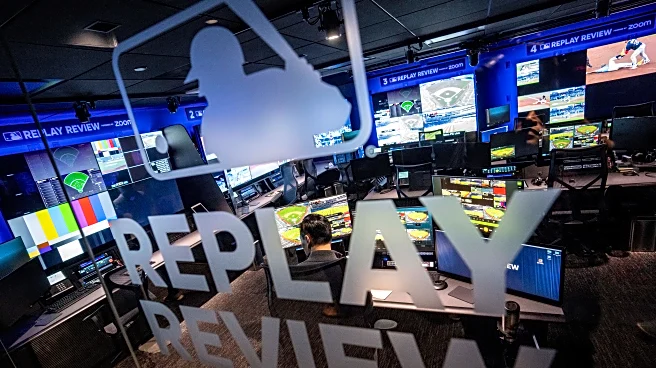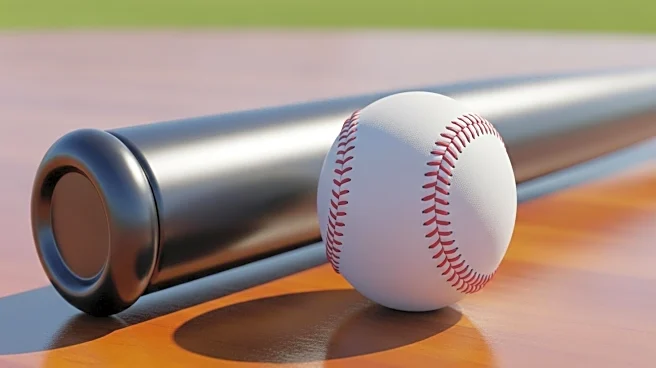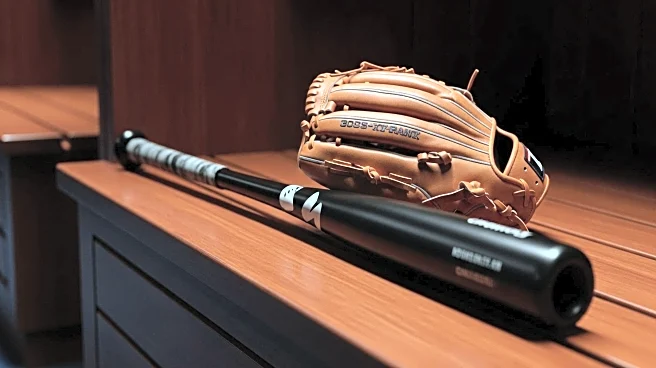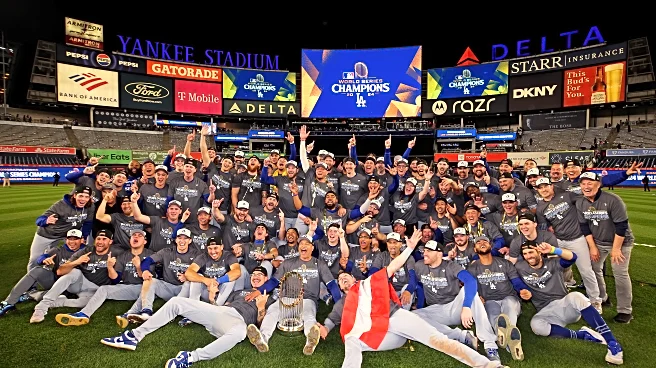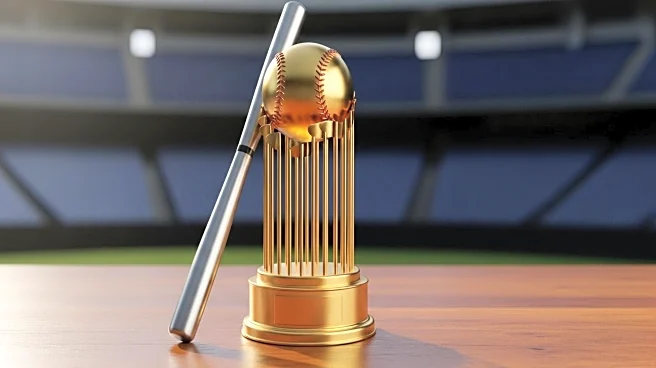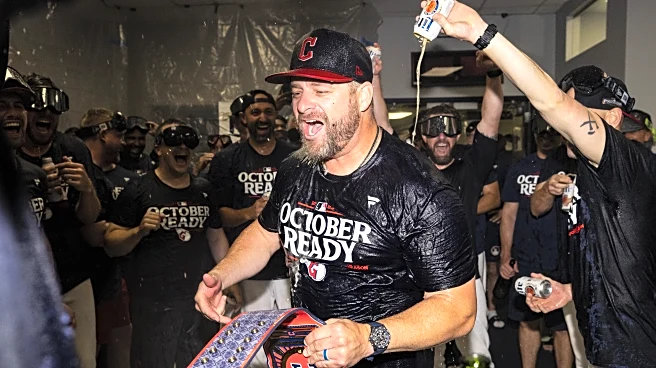One of Dana Brown’s objectives last offseason was to increase the lineup’s pitch selectivity heading into 2025. That was possibly a factor in the Astros’ talks with the Cubs on the Kyle Tucker trade, a deal
that included Isaac Paredes in the return package. In fact, no other qualified hitter drew more pitches per plate appearance than Paredes in 2024 (4.43 P/PA). The thought was that while Houston may not become the most patient team at the plate, adding Paredes would at least alleviate part of the problem. In addition to some possible adjustments to the hitting philosophy from hitting coaches Alex Cintrón and Troy Snitker, you could see Brown trying to enact his vision for the lineup for the 2025 season.
I was curious to see if these adjustments would ultimately yield results, as we are dealing with two distinct factors. On the one hand, hitting philosophy does matter, at least to some extent. On the other hand, though, player personnel — and their respective tendencies at the plate — hold more sway than anything else. Yes, quality coaching is vital to a well-run organization. Cintrón and Snitker have proven as much throughout their tenures, dating back to A.J. Hinch. But it is low-hanging fruit to suggest a struggling lineup can be fixed simply by changing out coaches. It is a bit more complex than that, as you can’t necessarily change everything about a hitter, especially in a single offseason. Brown’s goal, at least to me, was to see incremental improvement in patience, extend plate appearances, and hopefully that led to a more balanced lineup.
This lineup, unfortunately, wasn’t balanced for most of the season. While I won’t delve into the roster construction and the overall lack of left-handed hitting depth, the patience also never truly materialized as hoped for, except for some minor sample blips throughout the season.

Ultimately, the Astros showed modest improvement in 2025, increasing their average pitch count per plate appearance to 3.76 from 3.65 in 2024. Still, the lineup remained well below the league average of 3.87 P/PA and trailed most clubs. Only the A’s (3.75) and Marlins (3.73) saw fewer pitches per plate appearance this season. Needless to say, it wasn’t probably the amount of progress that Brown and the front office wanted to see in 2025.
Of course, you can’t talk about the 2025 Astros without mentioning injuries. Paredes, other than 29 plate appearances before the end of the season, missed two months of action. He was a significant part of this approach change as a lineup, especially between Jose Altuve and Yordan Alvarez. It isn’t a secret that Altuve doesn’t draw many pitches, and allowing Paredes to hit between him and Alvarez, in theory, would likely be beneficial. Alas, injuries are a part of this narrative, and Alvarez missed over 100 games himself, so any hope of that arrangement became more of a moot point.
The Astros have no shortage of hitters who aren’t afraid to swing, though. Altuve, again, doesn’t require much explanation. Yainer Díaz chased pitches outside of the strike zone more than any other qualified hitter in baseball. Three of the top fifteen hitters to swing at pitches inside the strike zone played for Houston, consisting of Díaz, Altuve, and Jeremy Peña. Christian Walker and Carlos Correa were also in the top 65. There are limitations to the hitters this team employs, and that applies to the number of pitches they draw in a plate appearance. You won’t see much change unless the players change, either in their approach or are replaced with someone else.
A change of hitting coaches is likely on the table for the Astros before the 2026 season. There even appears to be some organizational uncertainty at the moment, extending to both Brown and Joe Espada. Still, I wouldn’t be surprised if one of Cintrón and Snitker, possibly both, is relieved of their duties. With that said, a change of hitting coaches likely only goes so far. If Houston wants to make wholesale changes to their approach at the plate, then it starts with the players. Considering the significant amount of money and the current competitive cycle, that part of the roster isn’t likely to change drastically in the near future. However, if they can get close to a full season from Paredes and continue to make incremental adjustments to their collective approach, then it is possible to see further improvement from the lineup in this one area. However, the effect of that improvement primarily lies with the players.

